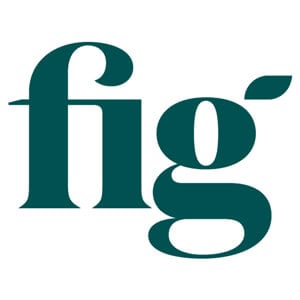The best credit cards for bad credit
Personal loans vs. lines of credit
With a personal loan, you borrow a single (fixed) amount of money from a bank or other lender. In return, you agree to pay back the principal plus interest over a certain period of time. This is called “installment credit.” Often, personal loans are for specific expenses. For example, you might apply for a car loan to buy a vehicle, or a debt consolidation loan to reduce your debt. Personal loans can be secured with collateral or unsecured, and the amount you’re eligible to receive is tied to your credit history and financial picture.
When you’re approved for a line of credit, the bank, firm or lender extends a certain amount and you can borrow on an as-needed basis. Whatever you pay back, you can access the credit again, just like with a credit card. This is called “revolving credit.” You can use the money for any purpose you wish. Just like with loans, lines of credit can be secured or unsecured.
Here are the key differences at-a-glance.
| Features | Personal loan | Line of credit |
|---|---|---|
| Type of credit | Installment (non-revolving) | Revolving |
| Payment schedule | A fixed amount over a fixed time period. | As-needed, with a minimum monthly payment if you borrow |
| Interest rates | Fixed or variable | Usually variable, and tied to the Prime Rate (which is currently 6.45%.) |
| Interest applicability | On the whole loan | Only on what you borrow |
| Extra fees | Transaction or service fees | Transaction or service fees |
| Uses | A need specified when applying | Any purpose, no need to reveal |
Pros and cons of a personal loan
Here are the pros and cons for personal loans.
Pros
- Interest rates can be lower than with credit cards
- The fixed payment schedule ensures your loan will be repaid by a certain date.
Cons
- Typically higher interest rates than the majority of lines of credit.
- To use more credit you have to refinance the loan or get a separate loan.
- Lenders may charge fees for administering the loan.
- There might be limitations on what you can spend the money on. A car loan is only for the purchase of a vehicle, which may seem obvious, but other loans may only be used for renovations or debt consolidation.
featured
Fig Financial
- Instant, no-obligation personal loan offer
- 100% online application
- No early repayment fees
- APR: 8.99% to 24.99%
- Loan amounts: $2,000 to $35,000
Pros and cons of a line of credit
Here are the pros and cons for lines of credit.
Pros
- Typically have lower interest rates than personal loans.
- Interest is only charged on the portion of credit used.
- There is no fixed term so you can pay it off at any time without penalty (as long as you pay the minimum monthly amount).
- The credit is “revolving”, meaning that once you pay it back you can borrow again without refinancing.
- You can use the money for any purpose.
Cons
- Interest rates are variable, based on the prime rate, so the loan rate will fluctuate. For example, you might have a line of credit where the interest rate is prime + 1.5%. As the prime rate changes, so will the total interest on your line of credit.
- Lenders often offer the maximum amount which can make it easy to overborrow.
- As there is no fixed payment schedule, you must manage repayment on your own.
- A secured line of credit against your home (like a HELOC) will require a one-time appraisal as well as legal fees.
How interest rates work for loans and lines of credit
The interest you pay on a personal loan or a line of credit will depend on many factors including the lender, your credit history, the terms of the credit and the prime rate (in the case of variable interest). That said, these are the variables you can negotiate to get the best rates.
For a personal loan:
- Interest rate
Look for the lowest rate available to you, and decide whether you prefer a fixed or variable rate. - Fixed or variable rate
Loans most often incur a fixed rate, meaning that the interest is the same throughout the term of the loan. With a variable-rate loan, the interest rate will change in the same direction as the prime rate. - Secured or unsecured
You might negotiate a lower interest rate if you can secure the loan with collateral, such as a home. - Amortization period
Amortization is the amount of time you take to pay off the loan and can range from six months to 60 months (five years) for personal loans, reports the Financial Consumer Agency of Canada. Adjusting your amortization period might affect your interest rate. - Fees or penalties
Loans come with fees. With personal loans, for example, you may pay a penalty if you pay it off early.
For lines of credit:

